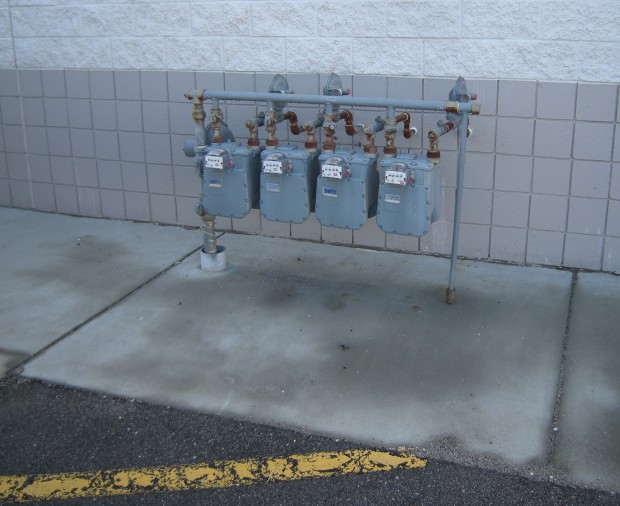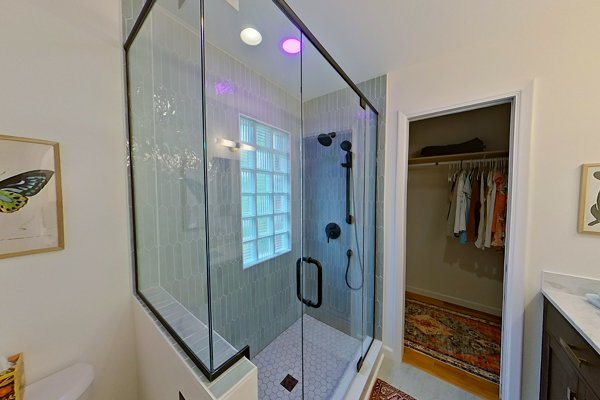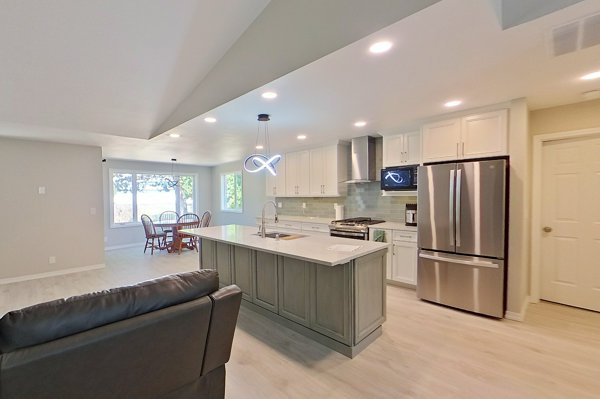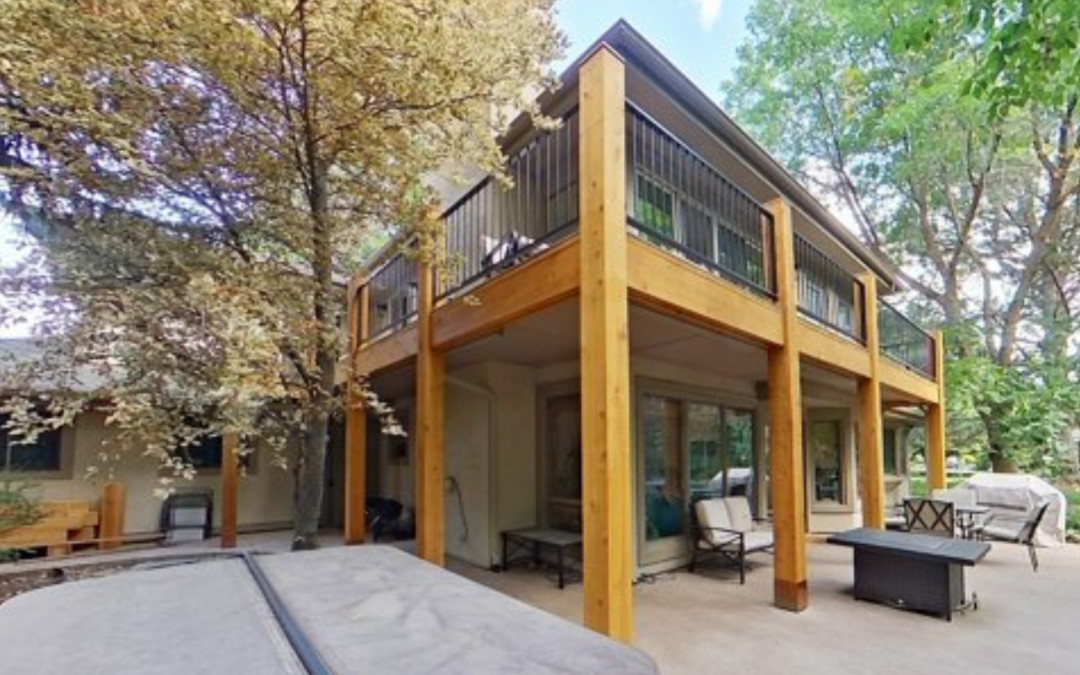
unprotected meters in a parking lot
Commercial GAS meter protection has become an issue in the treasure valley. Many meters have been installed in the region without the proper protection.
Building tenants are being flagged by the fire department on their annual business inspections for a critical safety violation. They are in turn, screaming to the building owners to fix the problem as soon as possible.
There are specific requirements that gas meters on buildings must have vehicle collision protection to prevent an accidental impact.
These Rules Have Been Around for Decades
Intermountian Gas is being overwhelmed with reports of unprotected meters. Commercial building owners and property managers are being caught off guard. Up until now, no one has been offering viable solutions.
The ramifications of an inadvertent collision with a gas meter are potentially catastrophic. Gas meter protection makes sense. Although shearing one off is a rare occurrence, the insurance ramifications are what worry me most.
What Needs to be Done?

Protective poles
We are problem solvers and have come up with several techniques to install protection for these situations. Your buildings situation will dictate which solution is best.
Bollards
- A bollard is a cement filled steel post designed to keep vital things protected from accidental impact usually by a vehicle. These are the preferred method of protection.
- How many you need?
- Where should they be located?
- We have that code and can make sure you are covered with as many as necessary, and a few as possible.
Alternative Devices
- In some retrofit situations, alternative devices are the best solution. They must be engineered to meet a strict impact resistance to withstand a 12,000 pounds of force, at 3 feet off the ground.
Who is the Responsible Party?
The Builder?
- Some suggest that the company that built the structure is at fault. I find it difficult to believe that the construction company would admit fault or come back and fix it for free.
Intermountain Gas?
- Some try to pin the blame on Intermountain Gas for not verifying that the meters were protected upon installation. Often the meters are set long before the building is complete.
The City?
- Others are claiming that the city is ultimately responsible because a building inspector gave permission with a signature for the building to be occupied.
The Fire Department?
- One could easily argue that the fire department inspectors are part of the final occupancy process and should have caught this themselves.
The blame game will likely be settled years from now. Solving the safety issue is the paramount problem, let us help get it resolved as soon as possible.
Residential Bollards
In a recent situation, Intermountain gas came out and installed one for a concerned citizen for free. “It is less expensive for us to protect a meter than replace it when it gets damaged by a vehicle”. Music to my ears.







0 Comments